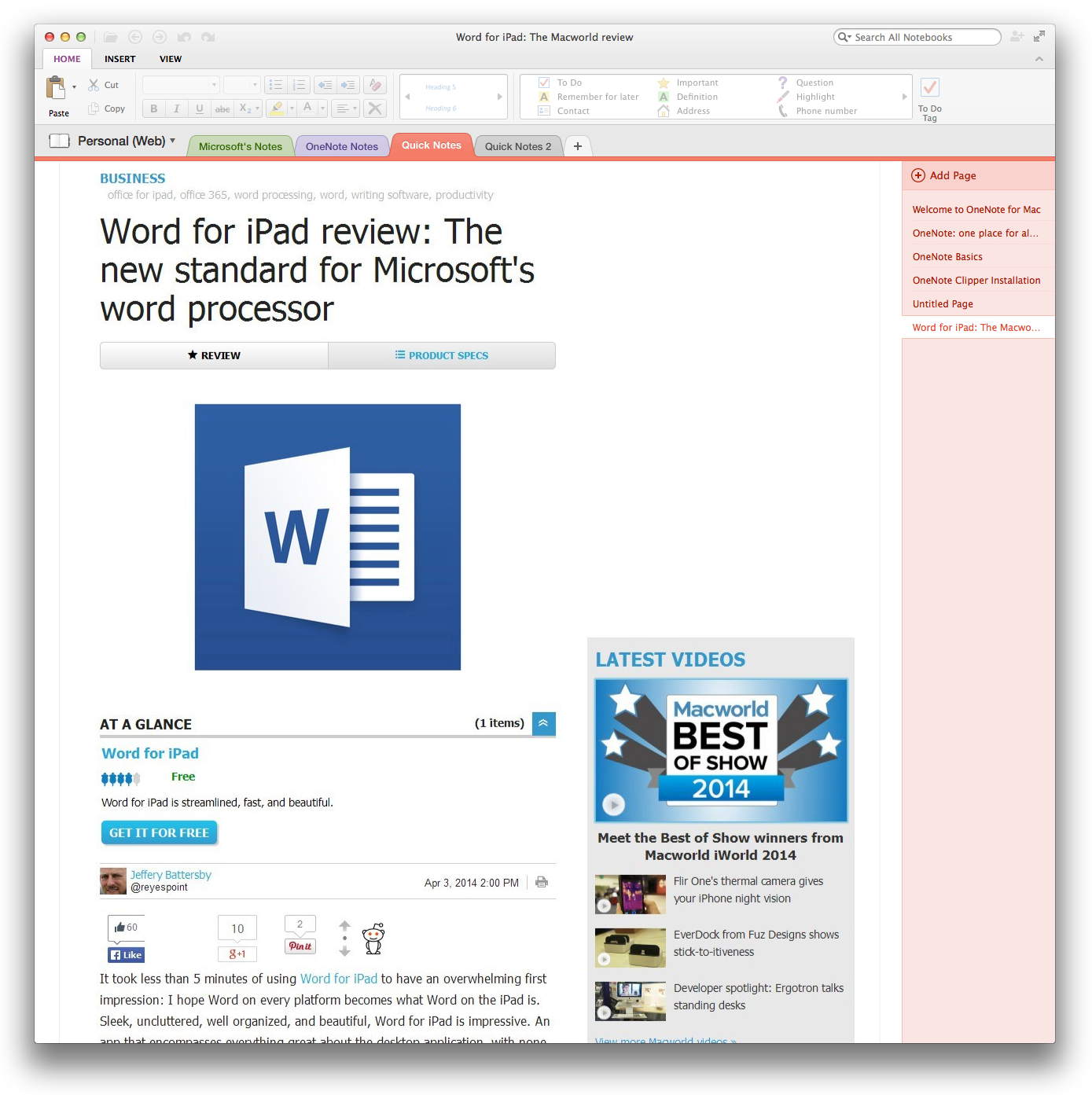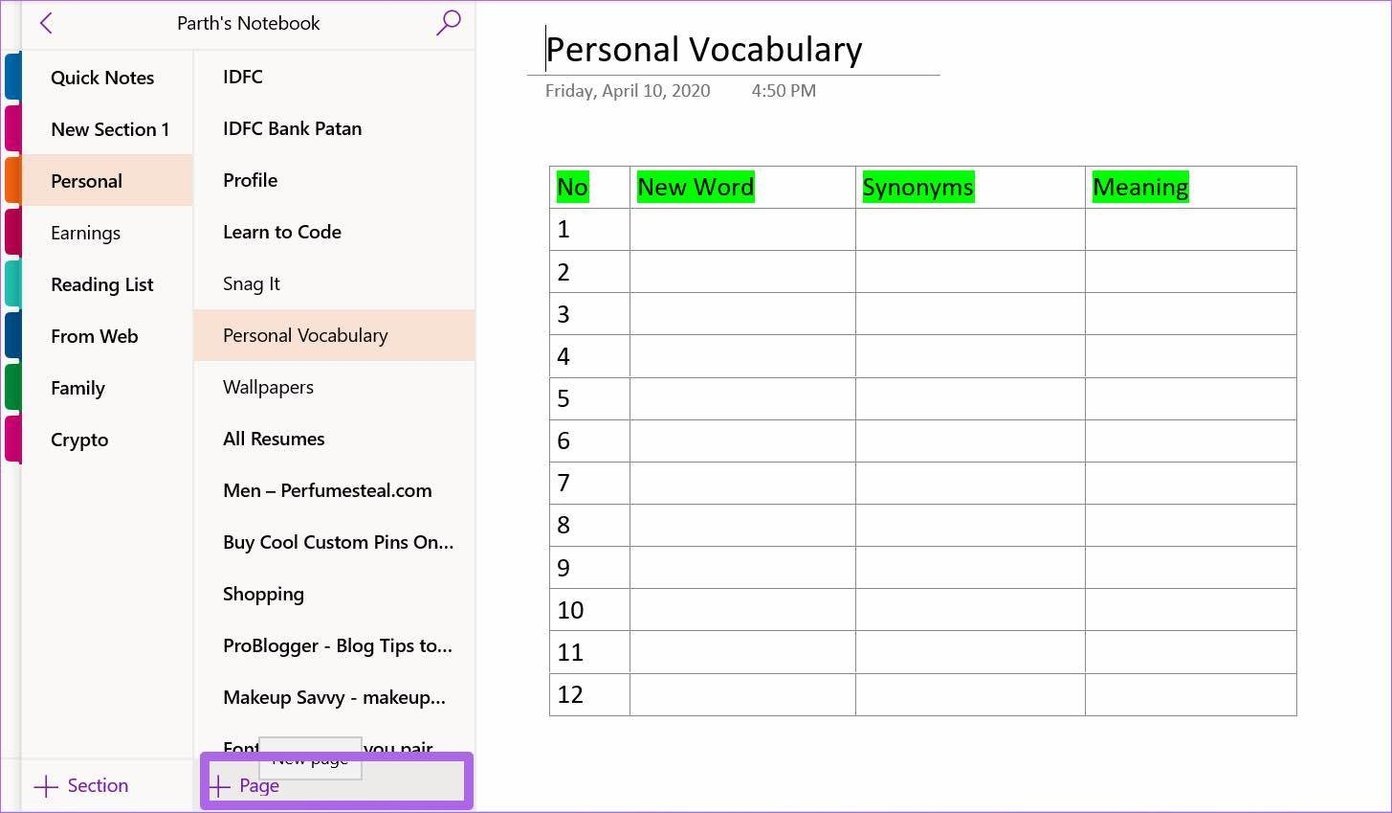
- #IS ONENOTE NO LONGER FOR MAC INSTALL#
- #IS ONENOTE NO LONGER FOR MAC UPGRADE#
- #IS ONENOTE NO LONGER FOR MAC FULL#
- #IS ONENOTE NO LONGER FOR MAC WINDOWS 10#
#IS ONENOTE NO LONGER FOR MAC WINDOWS 10#
Windows 11 drops out that Windows 10 feature in favor of Microsoft Edge’s sync ability. Search also moves to the center of the screen, with a floating design and tabbed layout similar to Windows 10.Įven Windows Timeline is gone. If you want Cortana, you’ll need to download the app. Microsoft has collapsed the search box into an icon, and also removed the Cortana functions in Windows 11. If you really want to see information in your Start Menu at a glance, then Windows 10 is best.Īs for the Taskbar, note that there are some big changes in Windows 11 when compared to Windows 10. That might sound familiar, but it is important to note that Windows 11 drops out support for Live Tiles. You can expand out your apps, scroll through the list, and pin apps as you choose. You only see a static list of apps, followed by your most frequented documents on the bottom. Speaking of the Start Menu, in Windows 11, it is a bit more simplistic. However, you can still move it back to the left if you want. This makes it look a bit more like MacOS and ChromeOS. In Windows 11, Microsoft centers the Taskbar and the Start Menu on the screen. If you’re looking at the differences between Windows 11 and Windows 10, the biggest ones are the Start Menu and the Taskbar. Auto HDR makes your games look more vibrant, and Direct Storage helps your graphics card and SSD communicate faster. If you’re a gamer, note that Windows 11 has some exclusive features catered to you.

#IS ONENOTE NO LONGER FOR MAC FULL#
Microsoft has a full list if you’re concerned. You can still find those in the store, though. Those apps are 3D viewer, OneNote for Windows 10, Paint 3D, and Skype.

You can no longer sync your desktop wallpaper, Internet Explorer and the Math Input panel are gone, and a few apps are also removed. Windows 11 removes some features from Windows 10. There are some changes that you need to know about if you plan to upgrade.
#IS ONENOTE NO LONGER FOR MAC INSTALL#
Microsoft is supporting Windows 10 through 2025, but you’ll need to do a clean install (erase all your data) after that 10-day downgrade window. After you upgrade, you’ll only have 10 days to revert back to Windows 10.
#IS ONENOTE NO LONGER FOR MAC UPGRADE#
If you have a compatible device, you should upgrade to Windows 11 to give it a try. Although Microsoft isn’t recommending against this route, it’s possible that some hardware will cause issues, so you might run into a few bugs or Blue Screens of Death. There’s another path, though: The Installation Assistant allows you to install Windows 11 on a compatible PC the moment it releases. After that, Microsoft says it’s taking a phased approach, and it expects to have updates out to all compatible PCs by the middle of 2022. New devices that still have Windows 10 installed will be able to upgrade to the new version through Windows Update. If you have a Surface device or a new device from one of Microsoft’s partners, you’ll get Windows 11 when it releases on October 5. That upgrade only applies as long as your PC fits with Microsoft’s minimum requirements - which is already causing a fair share of controversy, especially in regard to the TPM 2.0 requirement. Just like Windows 10 was a free upgrade to Windows 8.1 and Windows 7, Windows 11 will be a free upgrade to Windows 10. You probably have questions about whether you should upgrade, and we have you covered with this look at all the differences between the two. Visually, the two are quite different, but there are also key under-the-hood changes that set the next generation of Windows apart from the current generation.

With the new OS now available on select devices - and through download from Microsoft - we’re here to help you decide if you should upgrade. Windows 11 marks a big departure from Windows 10 in terms of design, but the two operating systems are very similar under the hood.


 0 kommentar(er)
0 kommentar(er)
